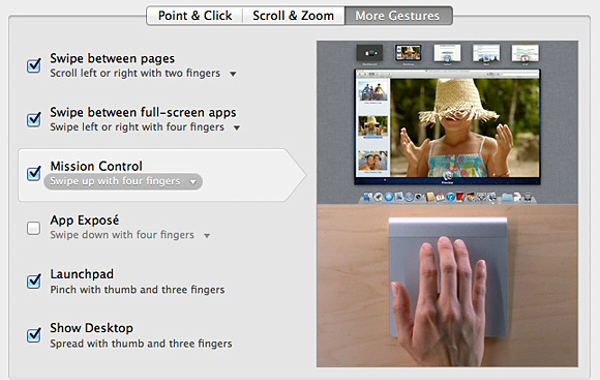In ‘Kinect Sesame Street TV’ On Xbox, The TV Talks Back To Kids
NEW YORK (AP) — Elmo, Big Bird and the rest of the “Sesame Street” crew have always talked to kids. Now, they’ll try to have a two-way conversation with their pint-sized audience using Kinect, the motion and voice-sensing controller created by Microsoft.
“Kinect Sesame Street TV,” out Tuesday, is not exactly a video game, though it runs on the Xbox 360 video game system. There are no winners and losers, no real rules to follow and no points to score. If you don’t want to play, that’s fine. Just sit back and watch “Sesame Street,” as kids have for the past 43 years. But if you do play, Grover will count coconuts you’ve thrown, the Count will praise you for standing still and Elmo will catch a talking ball if you throw it to him.










